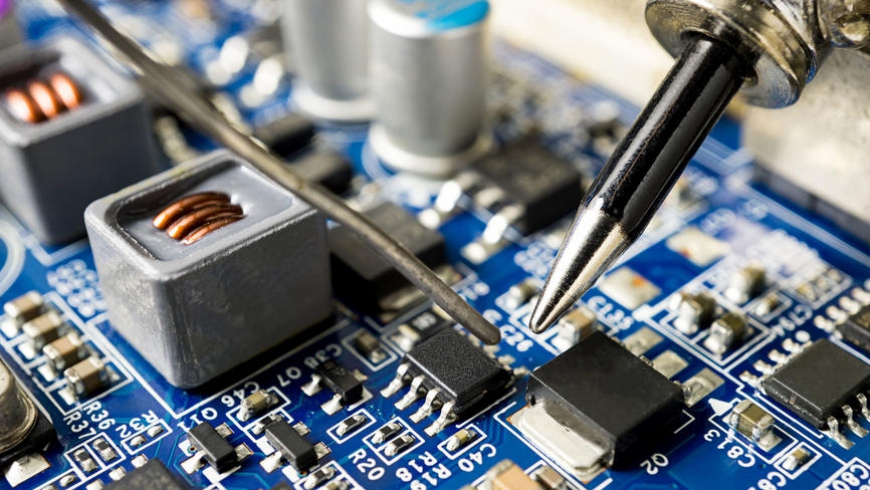Electronic chip memory of future human beings

Intel officials recommended that microchips be implanted in sports helmets (especially ball players) to achieve greater safety and act as a transmitter. If a player receives a severe electric shock and causes a head injury, he can issue a warning to the doctor. The use of chips in this field has changed their cyclical tasks in daily life and changed their presence in credit cards, airport detectors, heart rate monitors, ocean monitoring sensors, etc. In the future, there are plans to introduce these chips to objects that are far from technology, such as tombstones, shoes, fishing, and writing pens.
A chip is a semiconductor made of silicon. Due to its electrical characteristics, it has the ability to track and transmit information.
The electronic chip may not be confused with the circuit because the chip is fixed on the heart of electronic devices such as computers, smart phones, and microwave ovens. It consists of three basic parts, a silicon band, an induction coil and a capacitor. The silicon band contains the identification number and many electronic circuits used to transmit information to the scanner. The sensor acts as an antenna that receives power from the scanner. place these three parts in a piece of lime soda glass and close them tightly to prevent moisture or liquid from entering.
The electronic chip grows in the human body under the skin, always contains a person's ID number, and is linked to an external data source, such as medical records, medical records or contact information.
In 1998, British scientist Kevin Warwick conducted the first microchip implantation under human skin and successfully tested it in door opening and lighting, and then kept it in the Science Museum in London .
Then, many amateurs implanted chips under the skin of their hands, and they implanted them themselves or with the help of others. Javestar hopes that authors of RFID toy books or RF chips will implant the chip under the skin of his left hand. An American named Mike Sklar implanted a chip in his left hand, photographed the graft, and conducted several media interviews about his experience.
Debris usually grows in the skin between the back of the animal's neck and between the shoulder blade bones, but Europeans prefer to transplant it to the left side of the neck, and its location can be determined by sensitivity to the skin in the area. Chips also grow on the left side of the horse's neck, at the middle distance between the top of the head and the horseshoe ankle.
In birds, they grow in the muscles of the ribs. The chip is also grown in budgies, llamas, sheep and goats, rabbits, deer, penguins, mammals, fish, mice, elephants, whales and crocodiles. It reports to those who keep pets that it is as if the animal is lost, and it can be found by identifying the owner through the information on the chip.
Some people think that these chips can save many lives. By using them in the device to control the heartbeat, a person can control the activity of his heart; in addition, industrial hearts can also use these devices to take over their tasks with the efficiency of the natural heart.
related articles:
Linux system is widely used in computer networks
Will the chip be widely used in the world in the future
The calculation and logic unit is divided into multiple parts


Komentarze